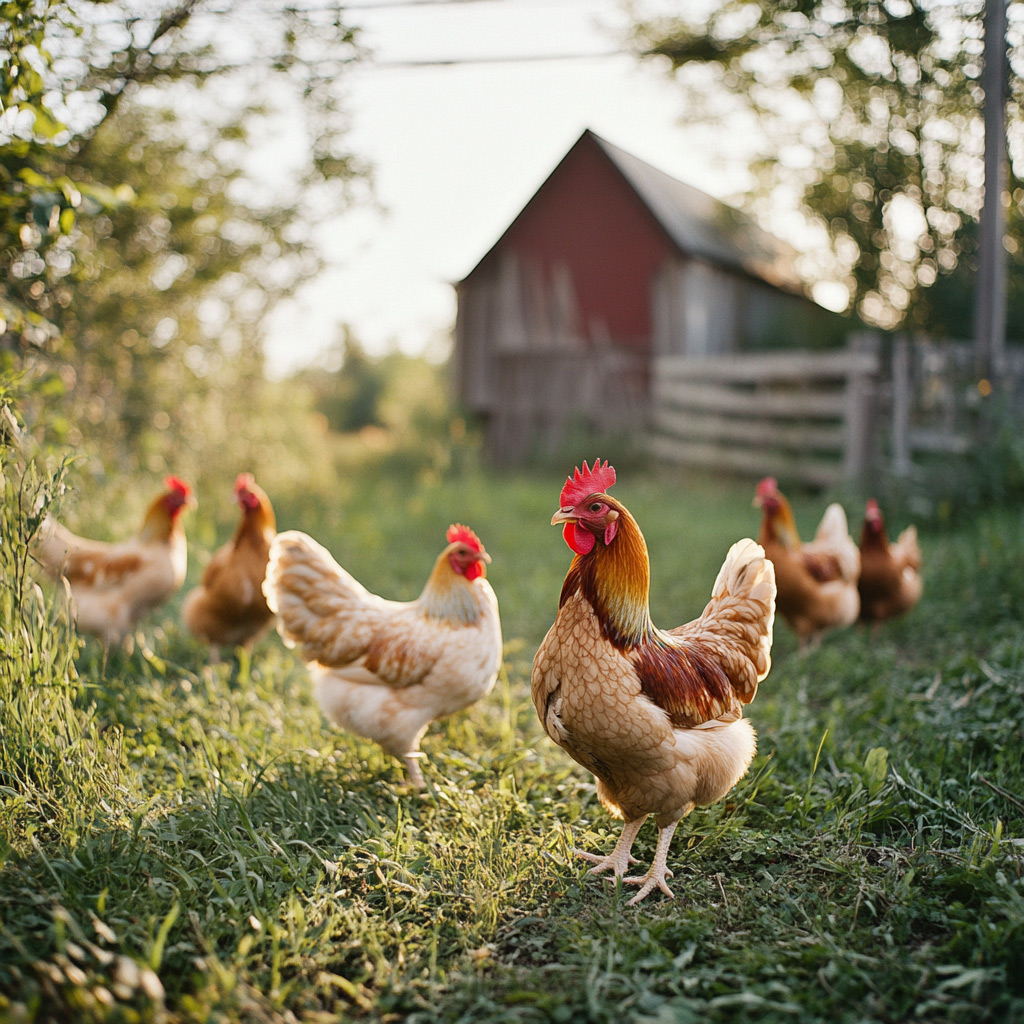Since October 2024, a highly pathogenic avian influenza (HPAI), commonly referred to as bird flu, has devastated the poultry industry. Small-scale egg producers have been particularly hard-hit, facing massive flock losses, soaring production costs, and increased pressure to implement biosecurity measures. This crisis has also revealed critical vulnerabilities in the poultry supply chain, further exacerbating egg shortages and price spikes. Additionally, duck egg producers have emerged as a partial solution to the egg shortage, offering an alternative to consumers struggling with limited chicken egg availability.
The Extent of the Bird Flu Outbreak and Its Economic Impact
The latest wave of bird flu has led to the culling of millions of egg-laying hens, reducing the overall egg supply. As of early 2025, egg prices have surged, with some areas reporting costs exceeding $4.50 per dozen. This price inflation has placed a significant strain on consumers, particularly in food deserts and low-income communities, where affordable protein sources are already limited.
Small egg farmers, who lack the large-scale infrastructure of industrial producers, have struggled to recover. Many have had to downsize operations, increase biosecurity spending, or pivot to direct-to-consumer sales to sustain their businesses. Unlike larger corporate farms, small producers often lack the financial cushion to absorb such heavy losses, making their survival uncertain.
Vulnerabilities in the Poultry Supply Chain
The bird flu outbreak has highlighted several weaknesses in the poultry supply chain, including:
- Overconcentration of Production: The U.S. egg industry is highly concentrated, with a few large producers controlling the majority of supply. This means that when outbreaks hit major farms, the impact is felt nationwide.
- Limited Genetic Diversity: Commercial poultry breeding relies on a small number of high-production hybrid breeds, making flocks highly susceptible to disease outbreaks.
- Transportation Disruptions: Winter storms and transportation bottlenecks have exacerbated supply shortages, delaying deliveries to retailers and food service providers.
- Global Trade Barriers: Some countries restrict imports of eggs or poultry products from regions affected by avian flu, further straining international supply chains.
- Dependency on Large Hatcheries: Many small farms rely on centralized hatcheries for chicks. When these hatcheries experience outbreaks, it disrupts the entire rearing cycle for small-scale producers.
Stricter Biosecurity Measures for Egg Farmers
To combat the spread of bird flu, small egg producers have had to adopt stringent biosecurity measures, including:
- Controlled Farm Access: Many farms have restricted entry to essential personnel only, requiring visitors to follow strict hygiene protocols.
- Enhanced Sanitation Practices: Increased disinfection of equipment, footwear, and vehicles entering farms has become standard practice.
- Flock Separation: Some farmers have begun housing flocks in smaller, more isolated groups to limit disease spread.
- Improved Ventilation Systems: Proper airflow in poultry housing helps reduce the concentration of airborne viruses.
- Increased Surveillance: Regular health monitoring and immediate culling of infected birds prevent further transmission.
Despite these efforts, biosecurity improvements come at a high cost, which is especially burdensome for smaller farms operating on thinner profit margins.
The Role of Duck Eggs in Filling the Gap
With chicken egg supplies dwindling, duck egg producers have stepped in to help meet consumer demand. Duck eggs, which are larger and have a richer flavor, have traditionally been a niche product but are now gaining popularity. Some consumers and bakeries have begun substituting duck eggs in their recipes, and specialty food markets are increasing their stock of alternative eggs. However, duck egg production is significantly smaller than chicken egg production, making it an incomplete solution to the crisis.
Resources for Farmers and Consumers
Farmers and consumers seeking more information on avian flu prevention, biosecurity measures, and government assistance can refer to several key federal and state agencies:
- United States Department of Agriculture (USDA): The USDA’s Animal and Plant Health Inspection Service (APHIS) provides regular updates on avian influenza, biosecurity guidelines, and financial assistance programs for affected farmers. Visit www.aphis.usda.gov for more information.
- Centers for Disease Control and Prevention (CDC): The CDC monitors the impact of avian influenza on public health and offers guidelines for handling poultry safely. Visit www.cdc.gov/flu/avianflu for updates.
- State Departments of Agriculture: Many states have their own agricultural agencies providing localized resources, testing programs, and financial support for impacted farmers. Check your state’s Department of Agriculture website for specific programs.
- National Poultry Improvement Plan (NPIP): This USDA program offers biosecurity training and certification for poultry producers. More information can be found at www.poultryimprovement.org.
Looking Ahead: What Comes Next for Small Egg Producers?
The bird flu outbreak of 2024–2025 underscores the need for long-term resilience in the poultry industry. Small egg farmers will need continued support in the form of grants, insurance options, and access to disease-resistant poultry breeds. Meanwhile, consumer education on egg alternatives and sustainable farming practices will play a crucial role in stabilizing the market.
As researchers work on potential vaccines and improved disease management strategies, small egg producers must remain adaptable. The future of the industry may depend on shifting toward more localized, biosecure farming operations that can better withstand future outbreaks.

